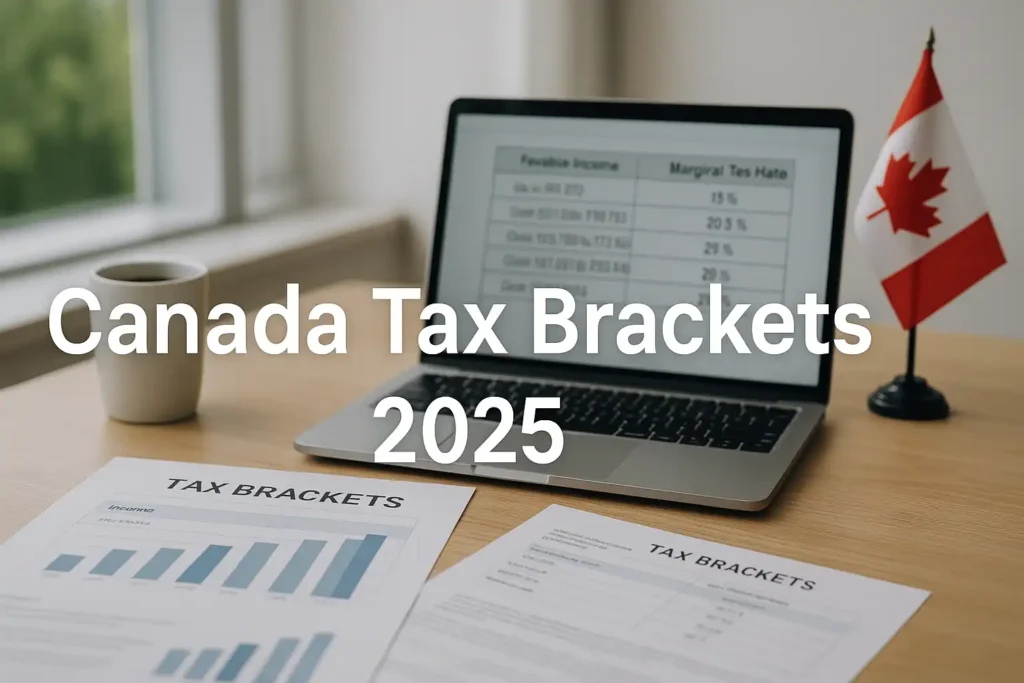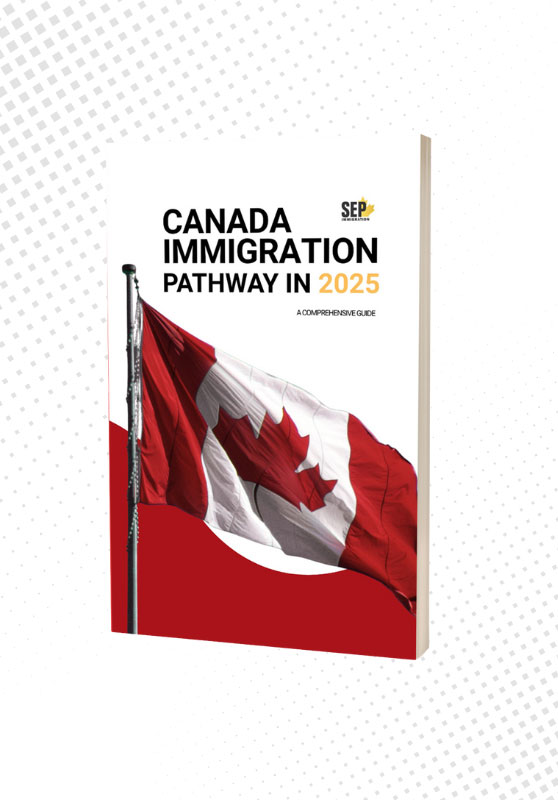Understanding how Canada’s tax brackets work helps you see how your income is taxed at different levels. Each year, the government adjusts these brackets to reflect inflation and shifts in the economy. This article explains what tax brackets are, lists the 2025 federal rates, outlines how provincial and territorial rates apply, and shows how to calculate your income tax.
Table of Contents
ToggleWhat Are Tax Brackets in Canada?
Tax brackets divide your taxable income into segments, each taxed at a specific rate. As your income increases, the portion that falls into a higher bracket is taxed at a higher rate—but only that portion.
This means you don’t suddenly pay more tax on your entire income if you move into a higher bracket. Instead, your income is taxed gradually as it rises, keeping the system progressive and balanced.
The key is that tax brackets apply to taxable income, not gross income. Taxable income is what’s left after deductions, credits, and exemptions are applied. Both federal and provincial brackets affect your total taxes, so your final amount depends on where you live and how much you earn.

Federal Tax Brackets (for 2025)
For 2025, Canada’s federal income tax brackets are structured as follows. Note that the lowest rate decreases partway through the year, giving many taxpayers a modest mid-year break.
| Taxable Income Range | Marginal Rate |
| Up to $57,375 | 15 % → 14 % (as of July 1, 2025) |
| Over $57,375 to $114,750 | 20.5 % |
| Over $114,750 to $177,882 | 26 % |
| Over $177,882 to $253,414 | 29 % |
| Over $253,414 | 33 % |
The lowest bracket rate will drop from 15 % to 14 % starting July 1, 2025, so the blended rate for the year is about 14.5 %. These income thresholds rise slightly each year to keep pace with inflation.
Provincial and Territorial Tax Brackets (Revised)
In addition to federal taxes, each province and territory sets its own tax brackets. These local rates combine with federal ones to determine your total tax. Using up-to-date data for 2025:
British Columbia (2025)
Here are the 2025 BC tax rates applied to taxable income:
- 5.06 % on the first $49,279
- 7.70 % on income over $49,279 up to $98,560
- 10.50 % on income over $98,560 up to $113,158
- 12.29 % on income over $113,158 up to $137,407
- 14.70 % on income over $137,407 up to $186,306
- 16.80 % on income over $186,306 up to $259,829
- 20.50 % on income exceeding $259,829
BC also uses a low-income tax reduction: for 2025, individuals with net income below $25,020 may receive a reduction; that reduction phases out via a 3.56% clawback for income above that threshold.
Alberta (2025)
Alberta introduced a new 8 % rate on the first $60,000 of taxable income for 2025, effective January 1, 2025.
Beyond $60,000, the other Alberta brackets are (post-indexation) (these are incremental rates):
- 10 % on taxable income over $60,000 up to a certain threshold
- 12 % on the next segment
- 13 %, 14 %, and 15 % on successive higher ranges

How to Calculate Your Income Tax in Canada
This step-by-step method gives you a clearer idea of how your taxes are determined, rather than relying on rough estimates:
- Determine your taxable income: Start with your total income and subtract eligible deductions, such as RRSP contributions or certain work expenses.
- Apply the tax brackets: The first portion of income is taxed at the lowest rate, and each higher portion is taxed at progressively higher rates.
- Calculate federal and provincial taxes separately: Each set of brackets applies independently. Add them together to find your total tax before credits.
- Apply tax credits: Non-refundable credits—like the basic personal amount or charitable donations—lower your total tax owed.
- Compare to what’s been withheld: If too much tax was deducted from your pay during the year, you’ll receive a refund. If not enough was withheld, you’ll owe the difference when you file.
Why Understanding Tax Brackets Matters
Knowing how tax brackets work helps you plan your finances more effectively. It lets you estimate how much of a raise or side income will actually stay in your pocket after tax. It also helps you make smarter choices about RRSP contributions, charitable donations, or timing other deductions.
Without understanding your bracket, it’s easy to misjudge how much tax you’ll owe—or miss opportunities to reduce it legally. Learning the basics now can save confusion later, especially during tax season.






